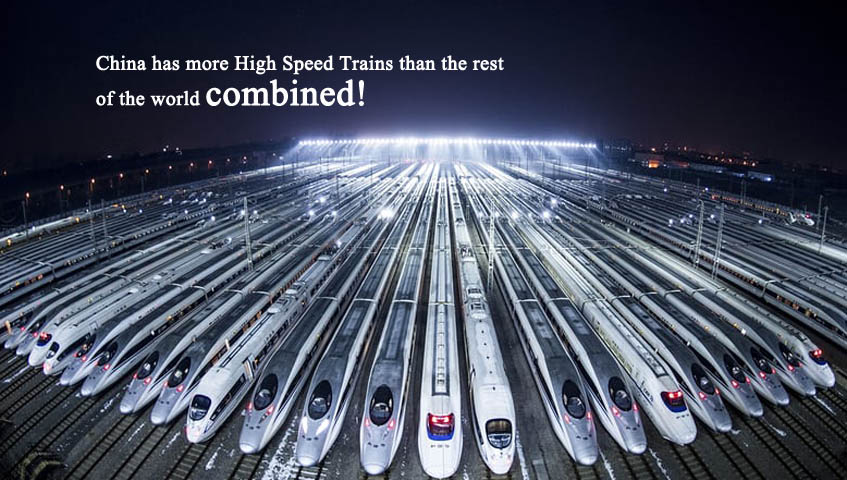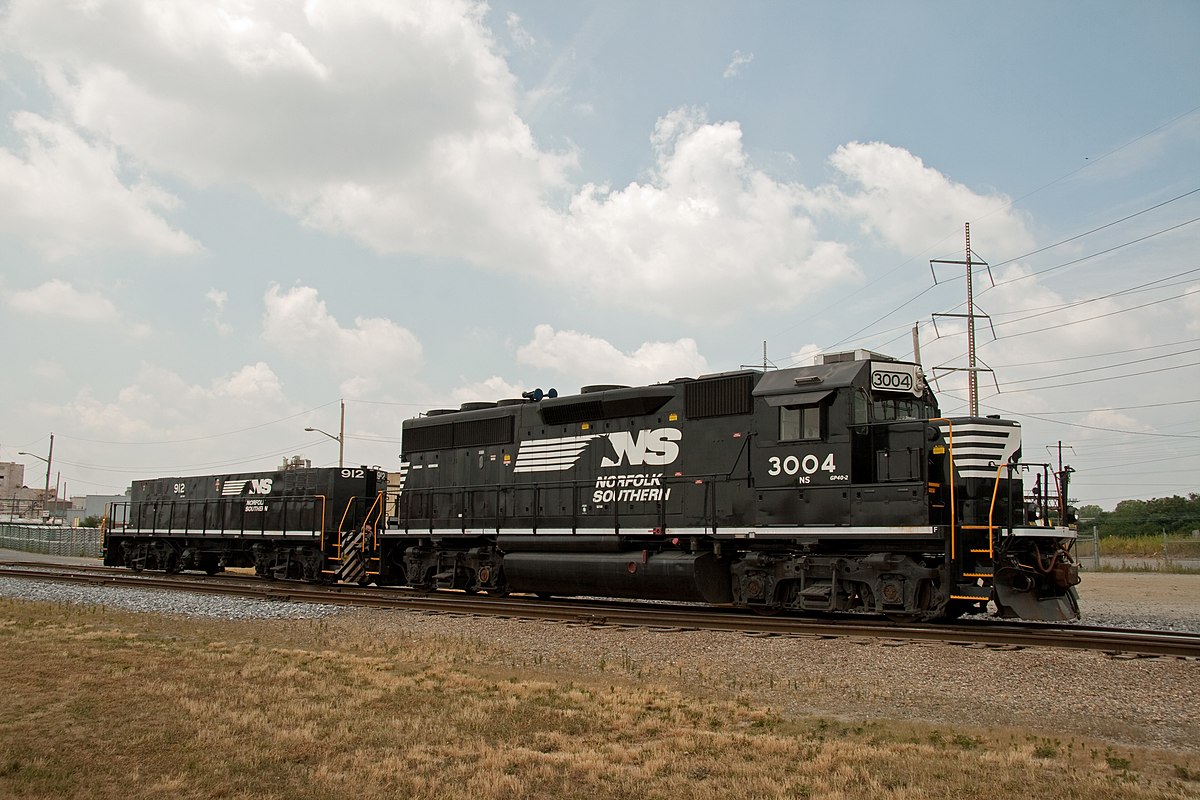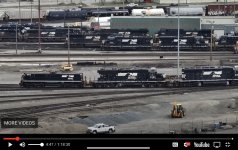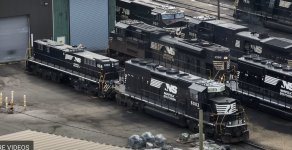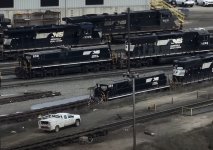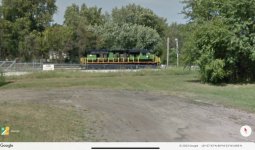kenmbz
Super Star Member
- Joined
- May 8, 2019
- Messages
- 10,921
- Location
- S.E. PA
- Tractor
- Massey Ferguson GC1720/JD x360/Echo CS-490/CS-620
Sad stuff, they have accidents there all the time with overpacked trains.3-train catastrophe in India today.
80 mph passenger express mistakenly got shunted into the back of a stopped freight train. Its cars accordioned and hit an oncoming passenger express.

10 images of the devastation following a 3-train crash in India that killed nearly 300 passengers
Nearly 300 people died, and hundreds were injured in a colossal train pile-up in India. Here are some of the first images of the horrific incident.www.businessinsider.com
I took the commuter trains around Mumbai during a holiday so they were pretty empty. I would say most of the cars were Ferric Oxide, bars instead of windows and metal seats. I did not sit down as the floors had plenty of crawling things.
But it did only cost 3 cents for the ride to my friends house.
